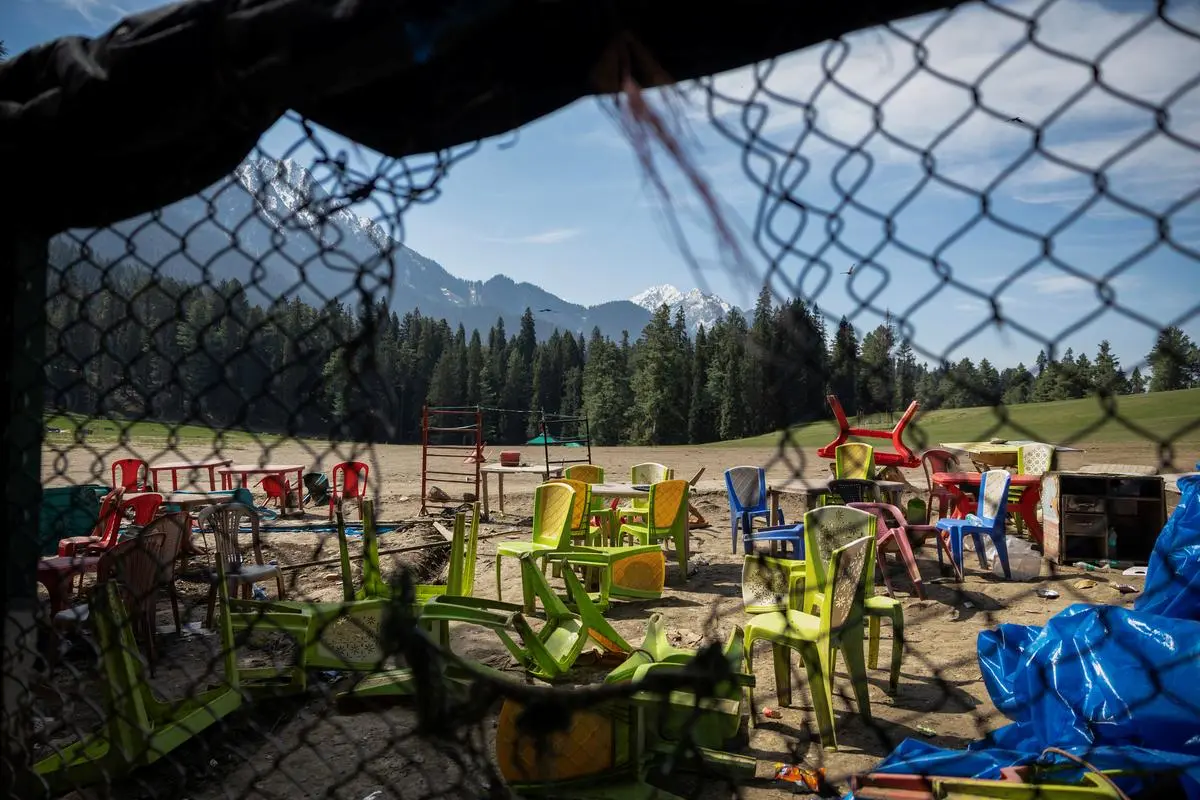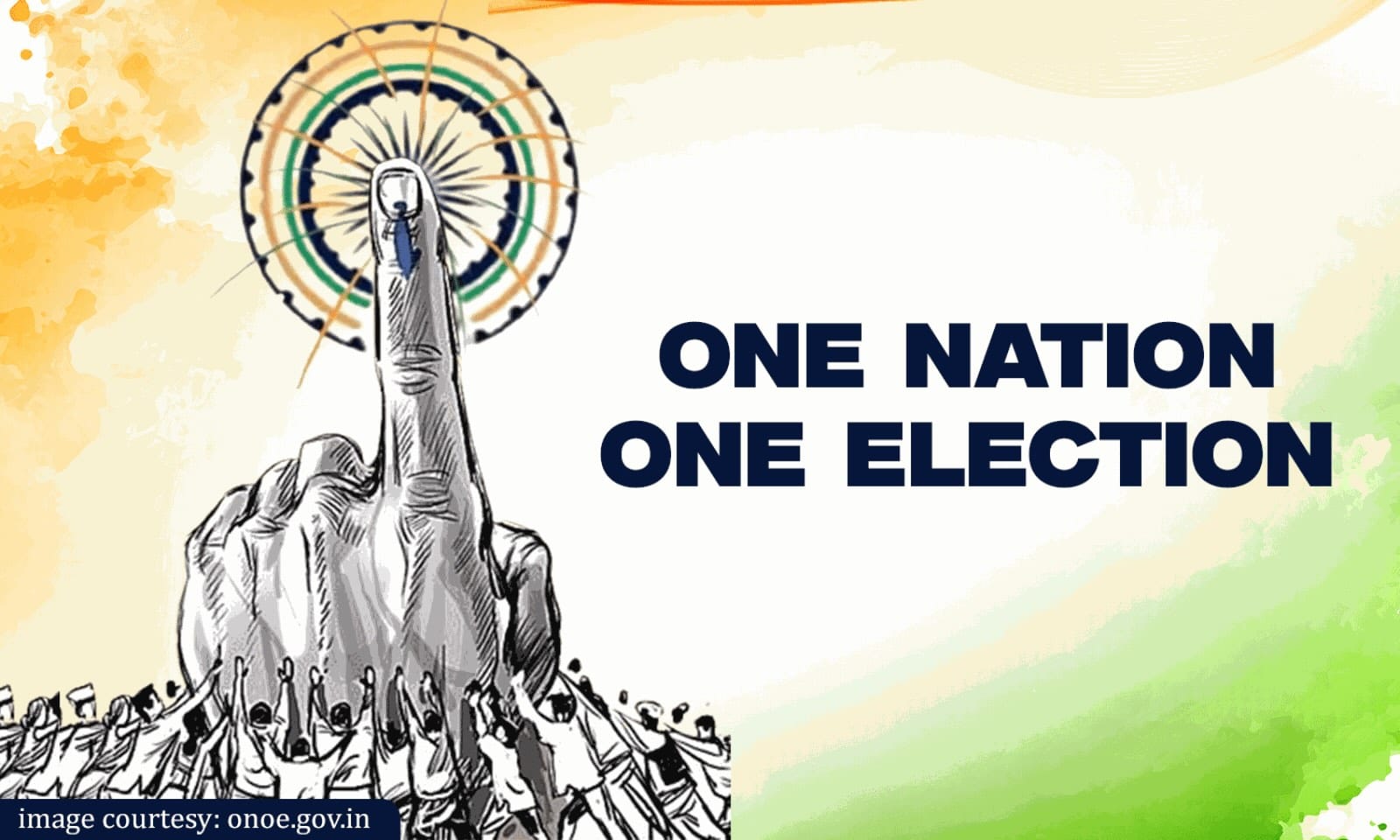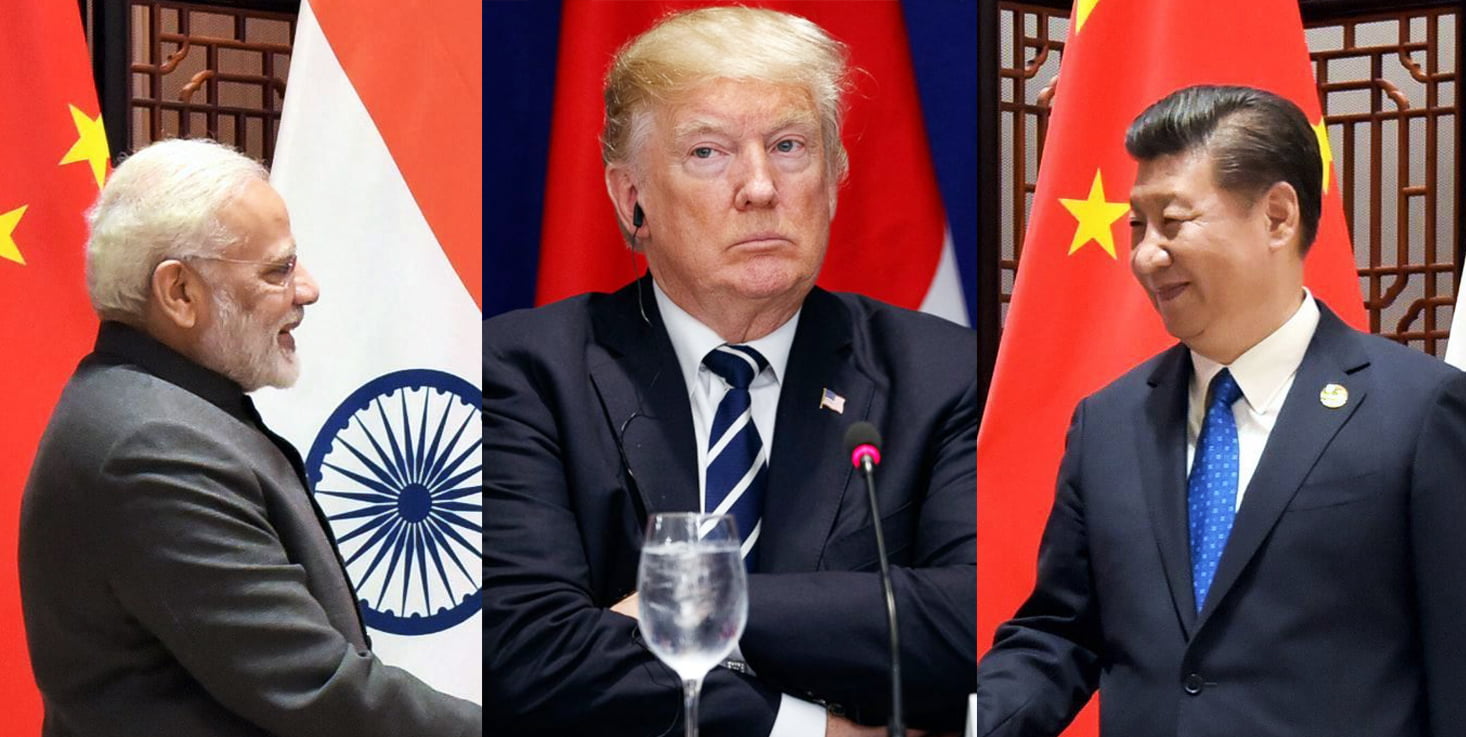Nepal, under the shadow of the Himalayas, has witnessed its greatest political upheaval since it became a federal democratic republic in 2008. The September 2025 protests, which were organised by Generation Z activists in large majority, compelled Prime Minister K.P. Sharma Oli to step down from office and initiated a complicated process of government reconstruction. This sudden twist of events is something more than the traditional political crisis: it marks a deep generational change in Nepalese society and politics. The demonstrations burst out against a background of pervasive corruption, economic stagnation, and youth disillusionment that had been building up for years, finally sparked off by a contentious social media ban that turned out to be the last straw.
The size and velocity of the demonstrations caught most pundits off guard. In only four days, what had started as online frustration had evolved into a national movement that overthrew the government, claiming 51 lives, more than 1,300 injuries, and the release of over 13,500 inmates during the mayhem. Kathmandu parliament building was burned down, as well as many government buildings and politicians’ homes, in scenes of devastation that represented the extent of public fury. With the dust only just starting to settle, Nepal now confronts the daunting twin tasks of constructing legitimate interim authority and reconstructing both its physical framework and its democratic institutions.
Backgrounder: Nepal’s Persistent Challenges
Nepal’s present crisis cannot be resolved without analysing the structural issues which have bedevilled the country for generations. In spite of immense political change—monarchy to democratic republic—Nepal has not been able to overcome political instability, having seen 14 governments since 2008. This ongoing governance uncertainty has provided perfect grounds for systemic corruption to grow, with political leaders being frequently accused of pursuing personal gain over public office. The economy of the nation continues to be highly reliant on remittances, which represent about 26% of GDP, since millions of Nepalis have taken jobs outside the nation because job opportunities are few within.
The demographic reality in Nepal has also been a significant factor in laying the groundwork for the recent explosions. With a median age of only 25, Nepal boasts one of the youngest populations in South Asia, so Generation Z makes up a significant percentage of the country’s citizenry. The generation was raised in the digital age, with almost one social media account for every two citizens in the country—one of the highest ratios in the region. This technological connectivity would be a clincher when coupled with mounting grievances about economic opportunities and feelings of deep corruption on the part of the political elite.
The Protest Chronology: From Digital Discontent to Physical Confrontation
Triggering Point: Social Media Ban and ‘Nepo Kids’ Controversy
All the views and opinions expressed are those of the author. Image Credit: Wikimedia Commons.
About the Author
Jaiee Ashtekar holds a bachelor’s degree and a master’s degree in political science from the University of Mumbai. She holds a post-graduate diploma in international relations from the University of Strathclyde, United Kingdom (UK). She has done projects titled “Kashmir through Political Perception” and “Water issues between India and Pakistan.”



